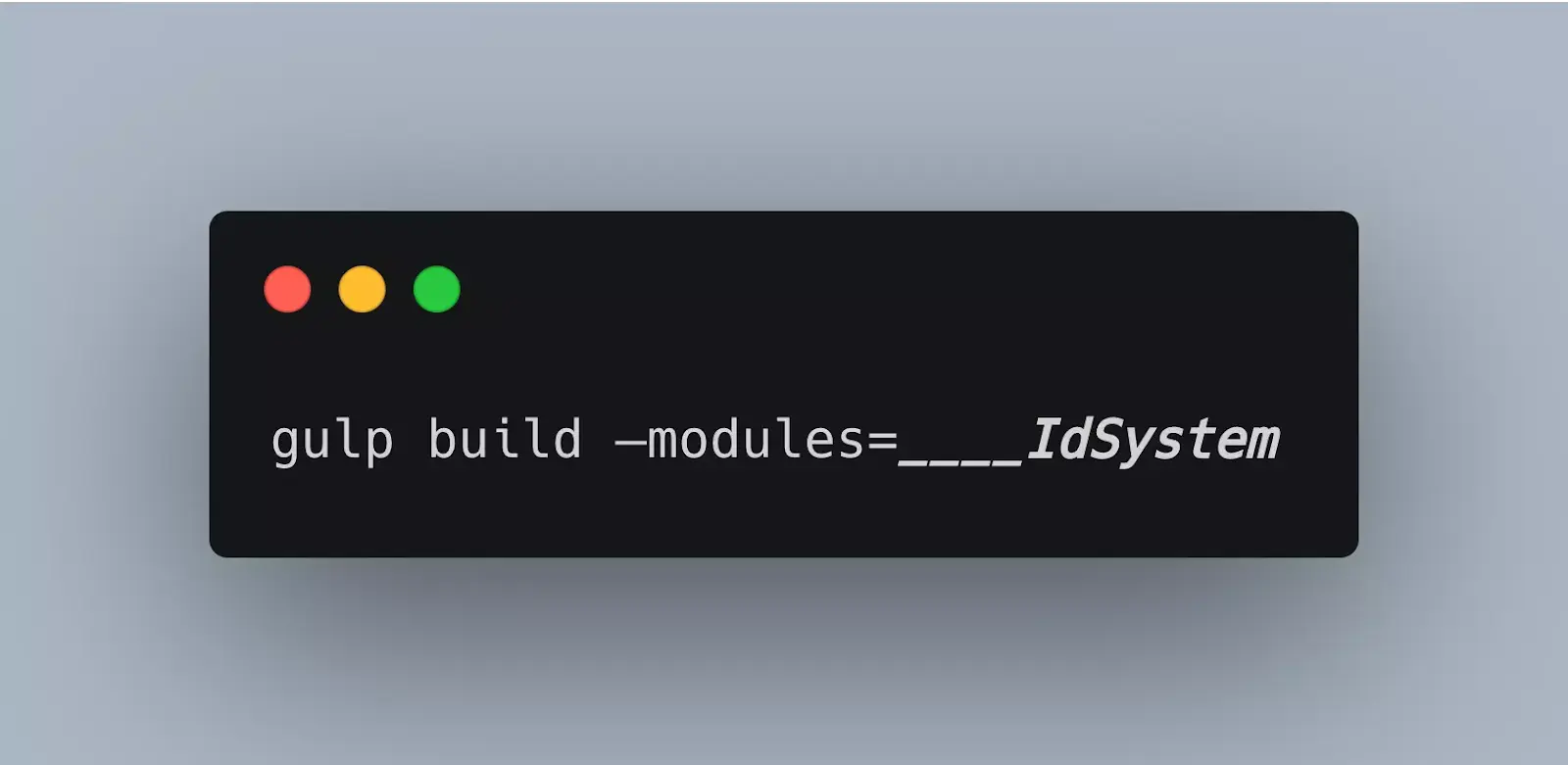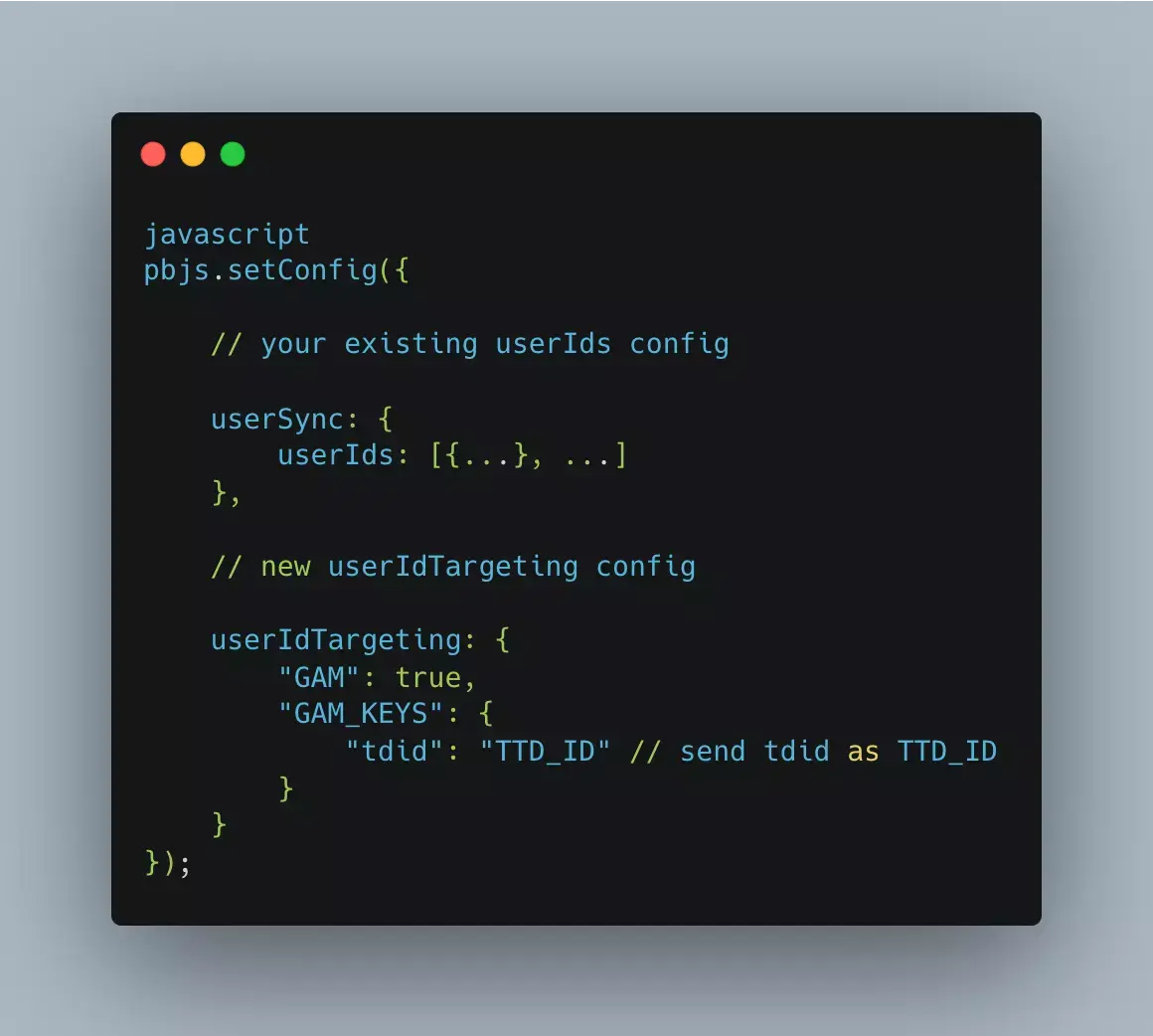In the realm of digital advertising, user identification is crucial for determining the value of your inventory. Advertisers often hesitate to show their ads to unidentified users, as the real value lies in the information about the user. DSPs may not even bid for an unidentified user, leaving potential ad revenue on the table.
The adtech supply chain relies heavily on third-party cookies to gather and store user information. However, this approach comes with its own set of problems.
Each party in the supply chain identifies users independently, meaning different names across different platforms might know the same user. This can lead to confusion, as only the domain that created the cookie can read it. As a result, no one truly knows what other parties know about a user.
To address this issue, the adtech ecosystem uses a process called cookie-syncing. This involves syncing the cookie IDs among the various parties involved in the ad delivery process, allowing them to share the names they’ve assigned to the same user. However, cookie-syncing isn’t perfect and comes with its own set of challenges:
Match rates can be very low, meaning data doesn’t always sync successfully. Data can be lost when syncing occurs at multiple levels, leading to insufficient data for targeting users.
Major browsers will soon stop supporting third-party cookies altogether. To overcome the limitations of cookie-syncing, numerous ID solutions have been developed.
Each solution works differently, but the primary goal of Prebid’s User ID module is to integrate these ID solutions with your header bidding setup seamlessly. This blog will closely examine this module’s role in the ever-changing digital advertising landscape.
Table of Contents
- Prebid User ID Module: An Overview
- Prebid’s User ID Module: Components and Functioning
- Ensuring Privacy Compliance with Prebid’s User ID Module
- ID Solutions Supported by Prebid’s User ID Module
- Integrating User IDs with Google Ad Manager (GAM)
- How Does Prebid’s User ID Module Improve Your Revenue?
- The Future of User Identification in Advertising
- Wrapping Up: User IDs in a Cookieless World
- FAQs
Prebid User ID Module: An Overview
The Prebid User ID module is a powerful tool to help publishers integrate various ID solutions with their header bidding setups. ID solutions enable ad tech players to identify users on the internet without relying on third-party cookies. By incorporating these solutions, the industry can reap two significant benefits:
- Improved accuracy in identifying users, as all platforms use a common ID, eliminating cookie-syncing issues.
- Reduced dependence on third-party cookies, potentially phasing them out altogether.
Essentially, the User ID module bridges publishers and identity solutions within their header bidding setup. This allows bidders to identify users more effectively, enabling publishers to obtain higher rates for their addressable inventory.
Prebid, a popular framework for header bidding, leverages the modular nature of JavaScript to offer a variety of functionalities through its modules.
From currency conversion, floor prices to consent management, Prebid modules can be easily added or removed from the main code without causing any disruptions. The User ID module is one example specifically designed to facilitate the integration of ID solutions with header bidding.
By utilizing the Prebid User ID module, publishers can enjoy a more streamlined process for incorporating ID solutions, ultimately enhancing their advertising efforts and maximizing revenue potential.
Prebid’s User ID Module: Components and Functioning
JavaScript modules are like individual chapters in a book; they’re independent, self-contained, and reusable pieces of code. These modules can be added or removed from a larger code base without impacting the main code. Prebid takes advantage of this modular functionality through its own set of modules, which include currency conversion, consent management, floor prices modules, and more.
The User ID module is a specific Prebid module that enables publishers to integrate different ID solutions into their header bidding setup. This helps ad tech players identify users on the internet without relying on third-party cookies, providing a more accurate identification process and reducing dependence on third-party cookies.
So, how does the User ID module work? Publishers determine which User ID modules to use and add them to their Prebid.JS package. These modules generate and store the necessary user ID information within first-party data.
For example, to build prebid.js with the required identity solution, publishers use the following command:

Publishers then define the User ID configuration in `pbjs.setConfig()`:

When `setConfig()` is called, the module generates the relevant ID, and Prebid makes this ID (`bidRequest.userId` and `bidRequest.userIdAsEids`) available in the bitstream.
There are a few required parameters that must be included in `userSync.userIds[]`:
- `name`: The name of the submodule.
- `storage.type`: Determines whether the User ID results will be saved in a cookie or local HTML5 storage.
- `storage.name`: The storage name where the User ID results will be stored.
These parameters are highlighted in the example above.
As a side note, it’s essential to consult Prebid’s official page for the User ID Module for all available objects and parameters that can be included in the build. Additionally, verify whether your chosen bidders support your selected User ID.
Ensuring Privacy Compliance with Prebid’s User ID Module
Ensuring compliance with user ID modules is essential to maintaining user privacy and trust. The Prebid User ID module works in tandem with the Consent Management module to guarantee that privacy regulations are upheld. If the consent string does not provide permission for local storage, the User ID module will not store any information in cookies or make calls to vendors.
Users can opt out of cookies and HTML5 local storage using specific options. For instance, they can utilize `_pbjs_id_optout` or `_pubcid_optout` (for the PubCommonID module) to express their preferences. By adhering to these consent management and opt-out protocols, the Prebid User ID module ensures that it respects user privacy preferences and complies with relevant privacy regulations.
ID Solutions Supported by Prebid’s User ID Module
Prebid’s User ID module supports a variety of ID solutions, providing publishers with numerous options to choose from. As of now, the following ID solutions are available through the Prebid JS User ID module:
- BritePool ID
- Criteo ID for Exchanges
- ID+
- ID5 Universal ID
- IntentIQ ID
- LiveIntent nonID
- Lotame Panorama ID
- Merkle ID
- Parrable ID
- PubProvided ID
- Quantcast ID
- Unified ID
- netID
Many ID solutions do not charge for their services, and some providers, like BritePool, even compensate publishers for using their services. When selecting an ID solution, it’s important to consider factors such as scale, compatibility with bidders, functionality, demand sources, and data intelligence.
Different ID solutions may function in various ways, utilizing cookies or emails as the foundation for identification. Some providers, like Criteo, have strong demand sources, while others, like Lotame, offer robust data intelligence.
Therefore, it’s crucial to understand what each ID solution offers before incorporating it into your setup.
Integrating User IDs with Google Ad Manager (GAM)
To enable targeting in Google Ad Manager (GAM) or to allow GAM to pass user IDs in Google Open Bidding, you must integrate user IDs with GAM. Here are the steps and sample code to achieve this integration:
- Add a “userIdTargeting” submodule in your gulp build command.
- Use the “GAM_KEYS” object to decide whether to pass TTD_ID (The Trade Desk ID) to GAM. To pass the TTD_ID, set GAM_KEYS: { “tdid”: “TTD_ID” }, and to pass other IDs, set GAM_KEYS: { “tdid”: “” }. Using GAM_KEYS is optional. If you don’t use GAM_KEYS, all UserIds will be passed with the respective key name in the UserIds object.
Here’s a sample code for the configuration:

How Does Prebid’s User ID Module Improve Your Revenue?
Through Prebid’s user ID module, you connect every piece of user data spread around in the open web to form meaningful information. Here are a few reasons how connecting it will help improve your revenue:
Improves header bidding value: The Prebid’s user module enables your header bidding setup to connect with multiple ID solutions. It collects user identifiers from different identity providers and forms one-faced data (uniting single users’ data on different platforms to one) to distribute to demand partners. It enhances header bidding value and ad targeting.
Viable post-cookie approach: Google is deprecating cookies, and ID solutions are one of the viable approaches to replacing cookies. With Prebid’s user ID module, it is easy to connect with different ID solutions without any complication of setting up and connecting with each demand partner.
Improved inventory value: This ID solution, as said earlier, generates and shares the necessary user information with first-party data. It ensures that the potential data is on the publisher’s side and improves inventory value to attract premium advertisers.
High CPM and revenue: The efficiency auction involves high-performing ad units and targeting data. Both are present in your header bidding setup with Prebid’s user module, which will ultimately get you high CPMs and increased ad revenue.
The Future of User Identification in Advertising
The advertising industry faces growing challenges in tracking and identifying users due to stricter privacy regulations, the end of third-party cookies, and technological changes such as Apple’s Intelligent Tracking Prevention (ITP) and operating system updates. ID solutions and Prebid’s User ID module are becoming increasingly important in this landscape.
As we enter the post-cookie era, ID solutions will be crucial in helping publishers and advertisers maintain user identification without relying on third-party cookies. Prebid’s User ID module enables publishers to integrate various ID solutions into their header bidding setups, ensuring that bidders can identify users and publishers can secure higher rates for their addressable inventory.
To stay ahead in this ever-evolving environment, publishers and advertisers must be open to experimentation with different ID solutions. This process will help them identify the best fit for their needs regarding scale, compatibility, functionality, demand sources, and data intelligence.
In summary, the industry’s ability to adapt to new privacy-focused technologies and practices will heavily influence the future of user identification in advertising. Embracing ID solutions and leveraging tools like Prebid’s User ID module will ensure effective targeting and monetization without compromising user privacy.
Wrapping Up: User IDs in a Cookieless World
In conclusion, navigating the world of user identification in advertising is becoming increasingly complex as privacy concerns and technological advancements drive the industry away from third-party cookies. Prebid’s User ID module is a valuable tool for publishers looking to integrate ID solutions with their header bidding setups, ensuring continued success in this evolving landscape.
As we move into the post-cookie era, publishers and advertisers must stay informed and flexible, continually adapting to new privacy regulations and technologies. By utilizing tools like Prebid’s User ID module and embracing new ID solutions, the industry can continue to thrive while respecting user privacy and maintaining effective targeting and monetization strategies.
FAQs
- What is Prebid User ID Module?
The Prebid User ID module is a component of the Prebid framework that allows publishers to seamlessly integrate various ID solutions with their header bidding setups, improving user identification and maximizing ad revenue.
- How does the Prebid User ID Module work?
The Prebid User ID module generates and stores user ID information within first-party data. Publishers choose the User ID submodules they want to use, add them to their Prebid.JS package, and define the User ID configuration in pbjs.setConfig(). The generated IDs are then available in the bidstream for bidders, enhancing user identification and targeting.























